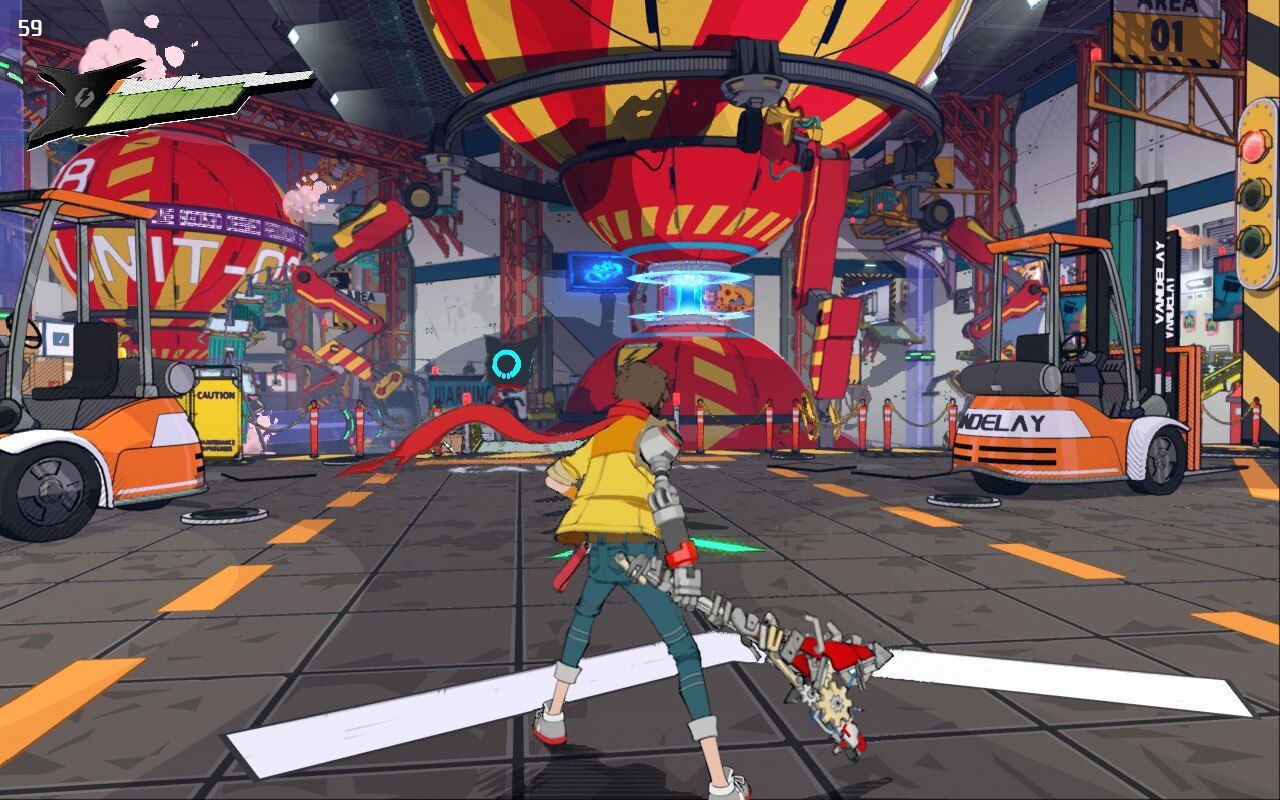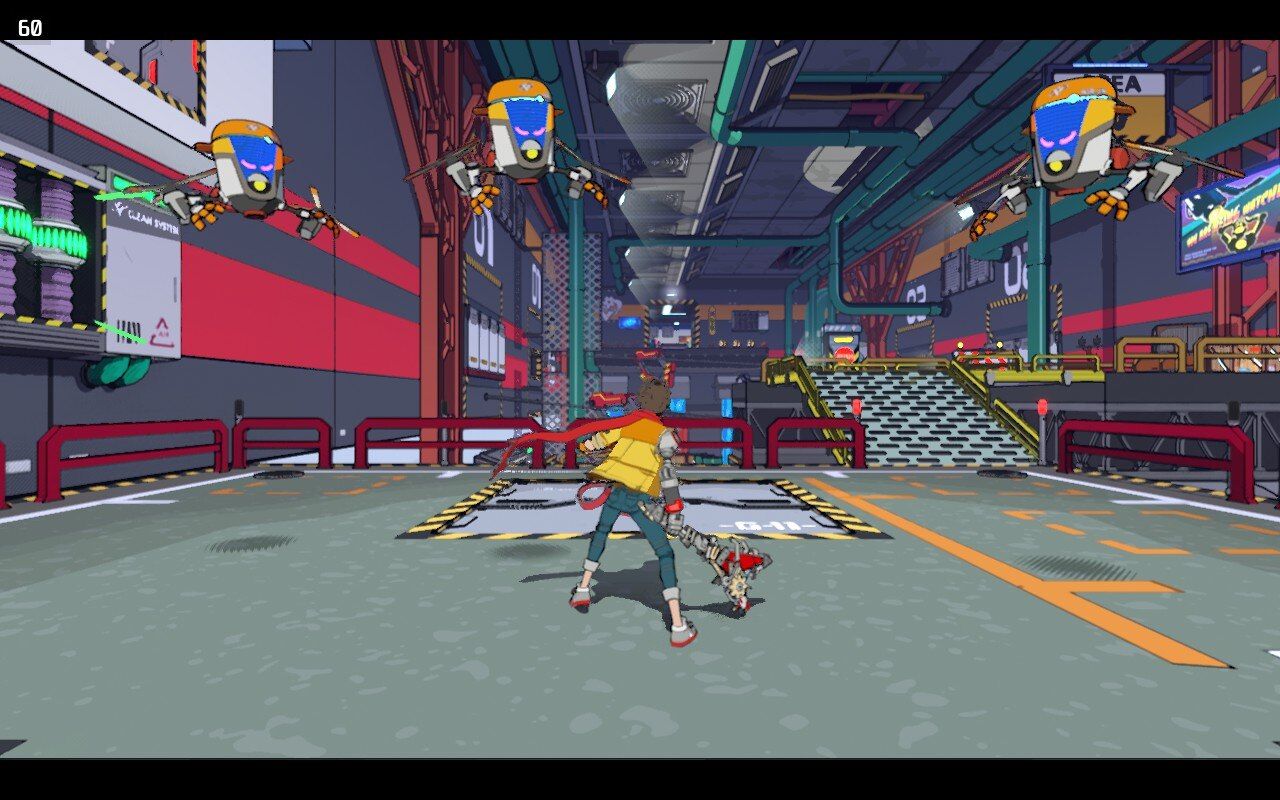Tango Gameworks' surprise release of a new action-rhythm game caught us all off guard — the studio is known for their typically dark, horror-oriented experiences.
Therefore, the unexpected launch of Hi-Fi Rush — complete with its vivid, glowing look, fun style, and upbeat rock soundtrack makes for quite the stark contrast to their prior efforts.
So, considering this is such a departure from the norm for the Japan-based studio, does it work?
Well, here are some early impressions from the first few hours with the game, plus a look at how Hi-Fi Rush performs on Valve's handheld.

How Hi-Fi Rush runs on Steam Deck
Now, the game has launched on Steam with a Steam Deck 'Playable' rating. It has this label (rather than being fully Verified) due to some text in the game being deemed as possibly too small or difficult to read on the Steam Deck's 7-inch screen. Of course, your experience may well vary, but generally I didn't find this to be an immediate or glaring issue when playing handheld — most, if not all, of the on-screen text, various user interface elements, and in-game dialogue I saw were perfectly legible.
During my playtesting (of around two hours so far) the game ran pretty much consistently at a solid 60 FPS. Only during a couple of the more intensive scenes did I spot it drop a handful of frames (hitting 56-59 FPS on a few very rare occasions). These drops were minimal, lasted but a few seconds, and are not really noticeable.

Hi-Fi Rush offers up an impressive, well-optimized, and smooth experience on the Steam Deck. Having such consistency is doubly important here too — due to the rhythm-based nature of the game — timing is everything, so having such a steady FPS is not only welcome, but necessary.
When tweaking the Steam Deck's thermal power settings (TDP), Hi-Fi Rush continues to hold up well. At the default 15 watts you see the aforementioned 60FPS. The same is true if you knock the processor power down to 10 watts. Only when you turn things right down to 5 watts did we see things shift. At the 5 watt power setting the game dips down to a 30 FPS experience — typically running at around 30 to 35 frames per second.
Of course, tweaking the TDP and various performance settings is only really necessary if you feel you need to get the most from the battery life. Thankfully the Steam Deck seems to be be able to offer up a playtime of around 3 hours when playing Hi-Fi Rush. A decent wedge of time, meaning you shouldn't really need to go in and tweaks with the performance profile at all.

Hi-Fi Rush Early Impressions
As for the game itself, Hi-Fi Rush seems to be a real breath of fresh air. During my short time with it so far, I've been honestly blown away at just how good the art direction here is. It has a strong visual identity, with a super clean look, and incredibly polished animations — with seamless transitions from cut scenes to gameplay.
The core gameplay is a fun mix of action and platforming with unique rhythm based combat at its heart.
The whole world around you vibes as you move through it, helping you get into the grove of the action, which then reaches a satisfying crescendo as you enter one of the thoroughly enjoyable battles.
I'm not the best at rhythm games admittedly, but I found this more than welcoming, with a few solid tutorials to get you into the flow of things. Once you get the hang of it, you'll find the gameplay equal parts stylish and satisfying.

I've only scratched the surface, but it seems this rhythm action game is a welcome pivot for Tango Gameworks — offering up a fun and funky bright new IP.




